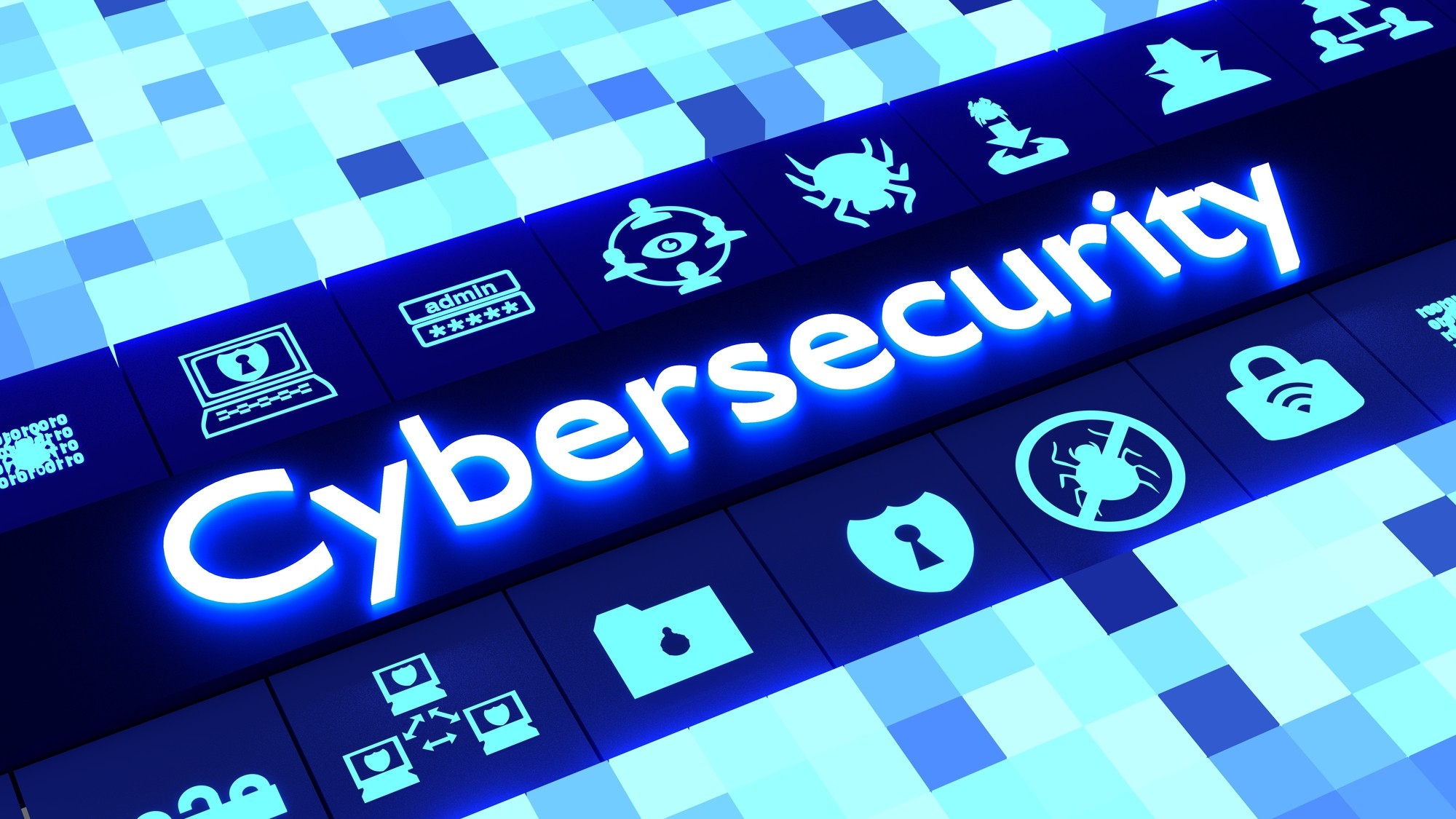Oct 4th
2021
What you should know about BYOD and cybersecurity

Bring-your-own-device or BYOD guidelines are not just becoming an option due to remote and home office scenarios, but are necessary in many cases. BYOD is becoming increasingly important for IT administrators to give employees secure access to the resources they need to do their jobs.
Using a zero trust architecture is one way Network security also with BYOD policy, but there are other things to watch out for. Below you will find useful information about BYOD policies in general and the implications for cybersecurity.
BYOD guidelines
Under a BYOD IT policy, employees are not only allowed, but sometimes encouraged, to bring their own devices to access systems and data. Devices can be laptops, smartphones and tablets.
There are some general options for providing access levels when employees are using their own devices.
You can offer unlimited Access for their personal devices. Instead, they can only allow access to non-sensitive data and systems on their devices. Another option is to provide access but with IT control over the devices, and the fourth option is to provide access but prevent local data storage on those devices.
For many employers, a BYOD policy offers significant benefits as it can improve productivity and risk management. Many employees prefer it too. Employees can choose which devices are most convenient to use. Because of this convenience, employees are more likely to be productive because they already know how to use them. This could also help with buy-in for new technologies.
BYOD policies can lower costs for your business and ease the pressure on IT budget. While there are benefits, there are also some potential risks.
Risks when employees use their own devices
When your employees use their own devices both professionally and privately, the greatest risk is that the situation can create cybersecurity vulnerabilities.
Security threats need to be properly managed, and this can make your IT department more work. Things can get more complex for them and most IT departments are already overwhelmed.
The specific risks of BYOD include:
- Lost or stolen devices: Approximately 60% of network breaches result from lost or stolen devices. A missing device, if not adequately protected, can literally put your entire business at serious risk.
- Unsecured networks: People using their own devices can work remotely. Working remotely means using public WiFi which is not secure and puts your data at risk. An estimated 40% of professional mobile devices are exposed to attack within the first four months of their use.
- Malicious Apps: So many of the large-scale cybersecurity problems facing modern businesses right now are related to human error. These human errors include downloading a malicious app onto a work device. Malicious apps can be used by cyber criminals to access the device and everything on it.
- Missing BYOD Policies: Many companies are still in the early stages of even allowing their employees to use their own devices so they may not have a specific policy. Even for companies with a policy, it can be ambiguous, not well understood, or not made known to employees.
Implement a BYOD policy
The following are general guidelines for a BYOD policy that is suitable for both creation and implementation in a manner appropriate for your business.
- Decide whether BYOD is even suitable for your company. You need to think about the risks and especially the cybersecurity risks. In regulated industries where compliance is a major issue, BYOD may not be an option at all.
- Establish a policy before you start integrating systems. You could end up buying the wrong systems or cybersecurity tools if you don’t know your goals beforehand. By setting your policy first, you can identify potential vulnerabilities and proactively put in place the means to address those vulnerabilities.
- Identify the scope of acceptable devices. Not all devices may be options.
- Find out how to separate employee personal information from company information. You can use technologies such as apps with two-factor authentication.
- Have a plan for staff training. Again, human error is a major cause of cybersecurity problems across the board, including within BYOD guidelines. You need to educate your employees about what the threat landscape is, what your expectations are, and what role they play in securing corporate data.
- What liability considerations do you have to consider? Which official guidelines do you have to observe? For example, do you have to prove that the data on employees’ devices is encrypted?
Once you have a policy in place, you need to regularly review it for compliance.
Zero trust in a BYOD environment
A zero trust architecture can be helpful in a BYOD environment and is likely to be the future for most businesses, especially at the enterprise level. Zero trust architecture speaks for networked mobile use, IoT devices, public cloud applications and also the increasing sophistication of hacking and malware attacks.
Without trust, there is no trustworthy perimeter. Everything is considered untrustworthy. So when a device tries to connect, that’s the requirement. In addition, each device and each user receives the least amount of access, which means that they can only access what is necessary for their work and nothing more. The standard perspective with zero trust architecture is that everything is a threat and that a potential threat must be verified.
The traditional security model may have worked for local businesses and relied on the concept that everything within the internal network could be trusted. Now with so many things happening off-premises and the proliferation of BYOD policies, zero trust tends to make a lot more sense.
Zero Trust Architecture Offers more visibility of internal traffic and can also apply context. Without a zero trust approach, anyone accessing a network can find their way around it and cause significant damage. The zero trust architecture, on the other hand, addresses lateral movements with granular segmentation and perimeters.
Thank You For Reading!
Reference: electronichealthreporter.com
